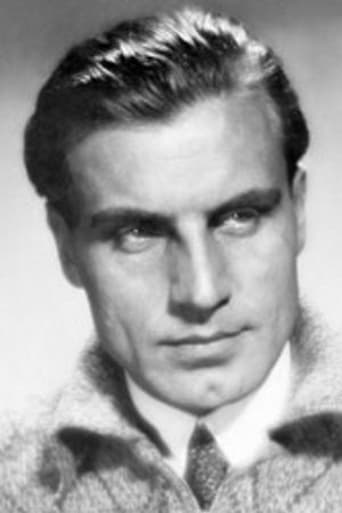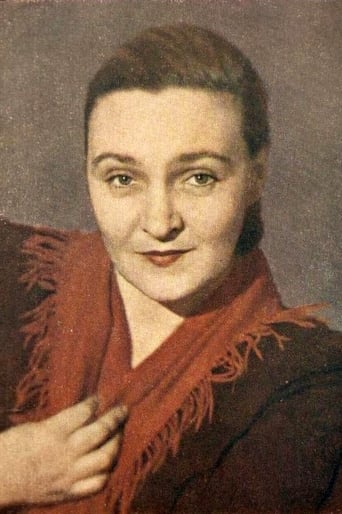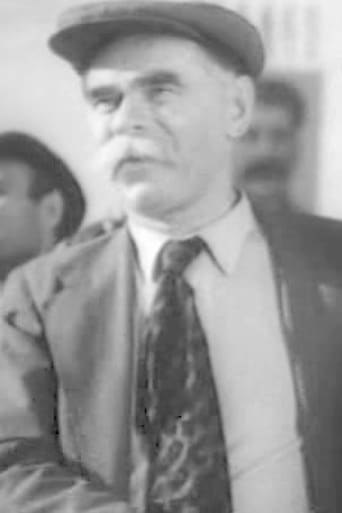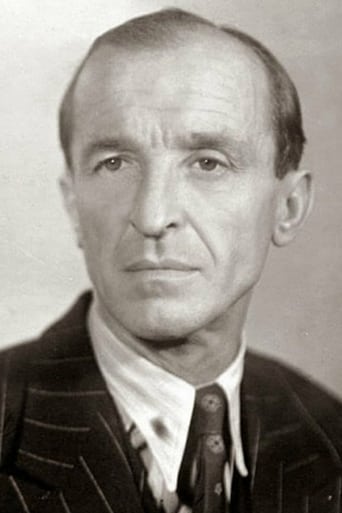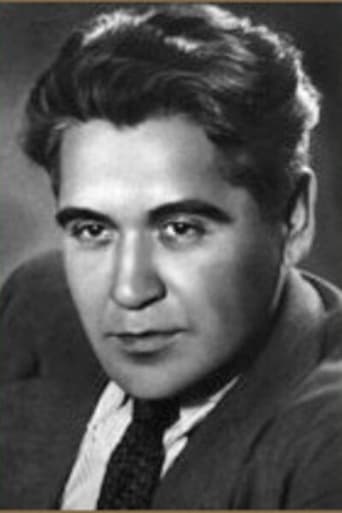ReaderKenka
Let's be realistic.
Hadrina
The movie's neither hopeful in contrived ways, nor hopeless in different contrived ways. Somehow it manages to be wonderful
Ariella Broughton
It is neither dumb nor smart enough to be fun, and spends way too much time with its boring human characters.
Paynbob
It’s fine. It's literally the definition of a fine movie. You’ve seen it before, you know every beat and outcome before the characters even do. Only question is how much escapism you’re looking for.
Diosprometheus
The plot of Trinadsat is also the basis of Bogart's 1943 Tank movie, Sahara. Both films are similar to John Ford's 1934 Lost Patrol about a group of British soldiers who defend an oasis from Arab attackers. Even Ford's film was a remake of earlier version of the Lost Patrol that starred Victor McLaglen's younger brother Cyril. BATAAN (1943), starring Robert Taylor, is a similar film. One should note that Philip MacDonald's novel Patrol is listed as the inspiration of many of these films.This version is about 11 Soviet soldiers and 2 Soviet civilians who are crossing a desert on horse in Central Asia. Like in Sahara, they encounter hostiles (White Russians) and take refuge in ruin with an almost dry well. Although clearly inferior in number, they decide to make a stand against the hostiles in the same fashion as Bogie in Sahara, water for guns. Like John Ford's Lost Patrol, a patrol comes upon the lone survivor almost dead from thirst. Unlike Ford's, the patrol makes the final attack on the hostiles. Since this is a Soviet propaganda film, the message is that the collective transcends the individual. This is shown as each inalterable Soviet hero replaces the dead one before him.
